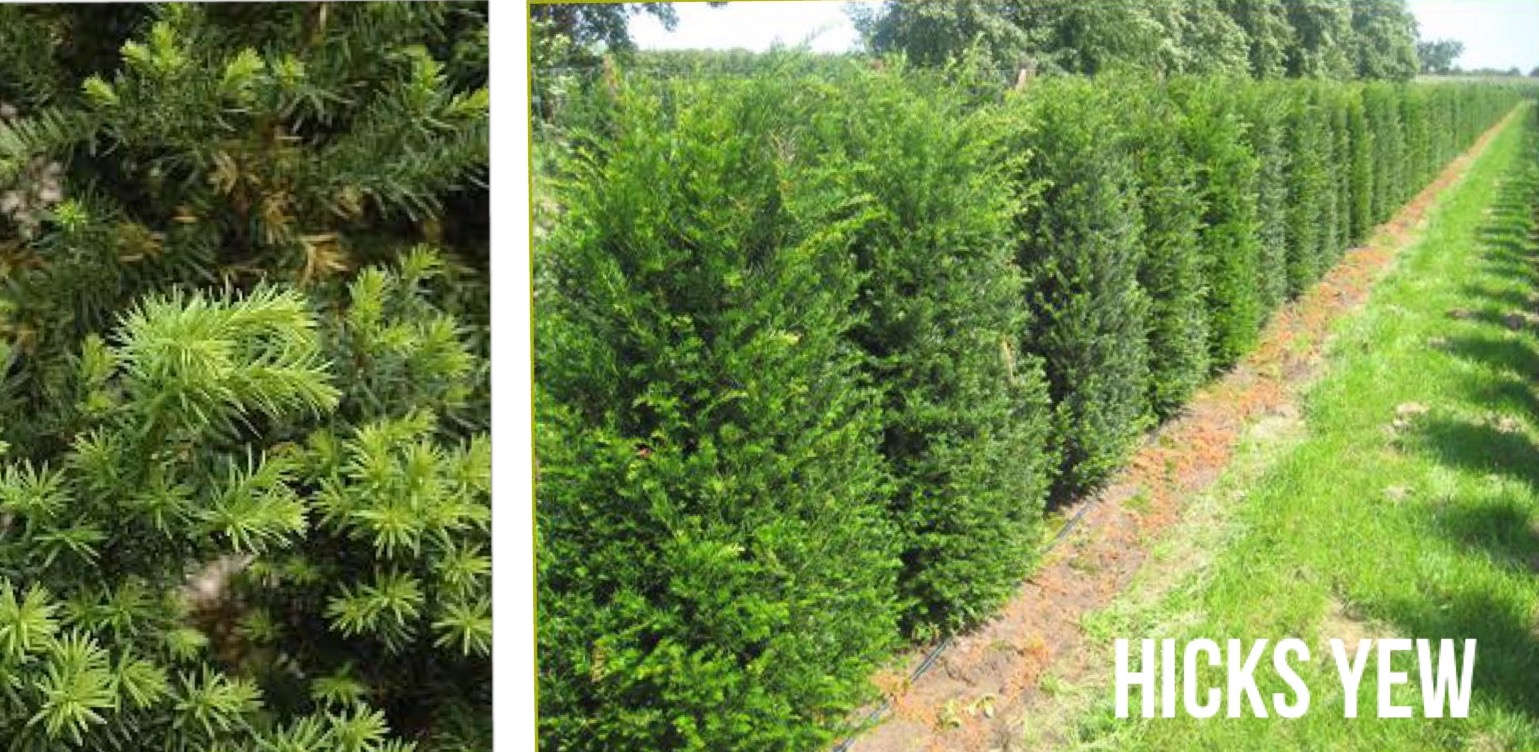Ever wonder if your cedar tree is dying? Beautiful and usually trouble-free, cedar trees make wonderful additions to any property. But if your trees are browning, it could be a sign that your cedars are dying. Pinpointing a single cause can be a challenge. In many cases, however, it is normally the result of a combination of factors like poor soil, environmental stresses, diseases, and insect infections. Saving your trees can be tricky, but it’s not impossible. If you’ve noticed an unusual amount of browning, here are some handy tips on how to bring back cedar trees.
Why are my cedar trees turning brown?
Use proper watering methods
Wondering what to do for cedar trees that appear to be browning? Whether it’s too much or too little, poor watering practices are often to blame for a sick tree. If rain has been scarce lately, make sure to water the soil around the tree deeply. Also, inspect the area where the tree is planted, ensuring it has enough drainage. Water-logging can be harmful to the health of your cedars.
Will cedar trees grow back?
Make the most out a mulch
As with anything, too much of a good thing can be bad—and that includes adding mulch to your cedars. Mulch can be a tree’s best friend, protecting it from diseases, weeds, pests, soil erosion, and extreme hot and cold temperatures. But adding too much can suffocate the roots. To allow for proper oxygen, make sure the layer of mulch is not too thick when adding it to the base of your cedars.
Do cedar trees need fertilizer?
Be frugal with fertilizer
Just because your lawn loves fertilizer doesn’t mean your cedars do. Excessive amounts of fertilizer can compromise the health of your trees. When it comes to fertilizing your cedars, its always best to err on the side of caution. When in doubt, contact a nursery centre or professional arborist for fertilizing instructions.
Do cedar trees lose their needles?
Prune properly
Want to know how to bring back cedars? Cedar hedge repair is important. Pruning is a huge part of keeping trees in tip-top shape, especially when it comes to saving your cedars. Prune away any dead or damaged twigs and branches. Also, make sure to destroy the clippings to help prevent any possible diseases from spreading to other trees. Pruning your cedars will not only protect them from diseases and pests, but also promotes healthy growth.
Browning can be a serious problem for cedars, but it is far from a death sentence. With some fast action, a little care, and a few helpful tips, you’ll able to save your trees and keep them healthy and happy for many years to come.
For beautiful cedar trees, visit Fraser Valley Cedars today!

